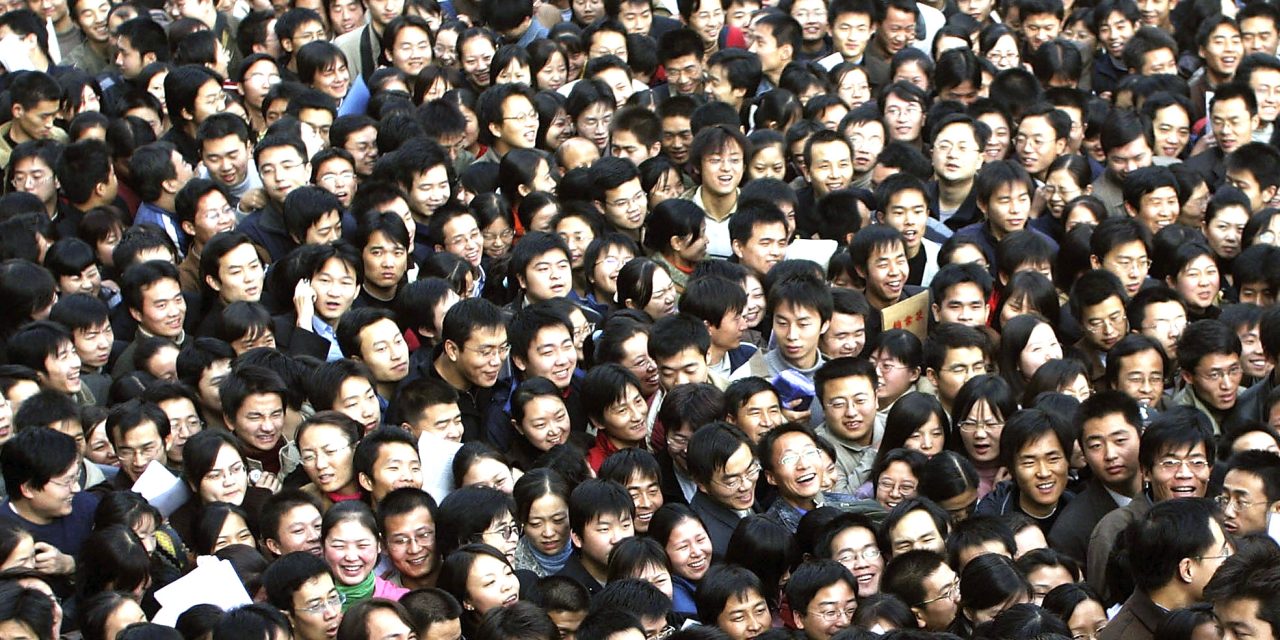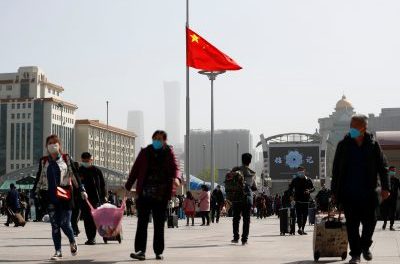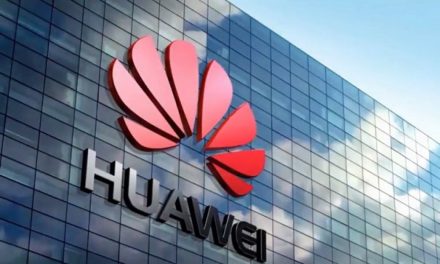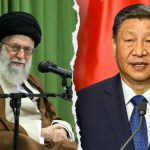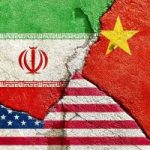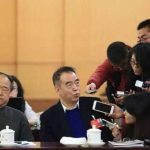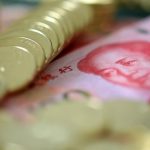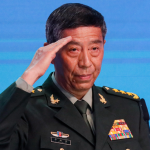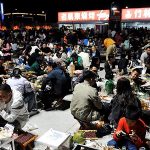Xi Jinping wishes to defeat “Color Revolutions” by defeating the United States
By Jianli Yang & Xueli Wang
China’s leader Xi Jinping had, in conversations with the then U.S. President Barack Obama over a decade ago, spoken of China being the target of “color revolutions” (New York Times, Aug. 7, 2022) — a phrase adopted from Russia, ostensibly to show how the West engineered revolutions in former Soviet territories.
This wasn’t Xi Jinping’s first complaint. During a visit to Mexico three years earlier, he bitterly vented his rage: “A few foreigners, with full bellies, have nothing better to do but point fingers at us. China does not export revolution, hunger, or poverty; nor does China mess around. What else do you require from us?”
China does not export revolution; however, the West attempts to export color revolutions to China. That is how Xi perceives the West, and, in particular, the United States.
The Arab Spring uprisings raging throughout the Middle East at the time sparked a modest “Jasmine Revolution” in the “Middle Kingdom” — China. Despite being rapidly suppressed, the incident bolstered Xi’s conviction that the Chinese Communist Party (CCP) government’s reaction to growing calls for political reform, as well as public outrage at unequal wealth distribution, was weak.
Color revolutions had already shattered the Soviet Union. When Gorbachev declared the dissolution of the Soviet Communist Party, “a great party was gone. In the end nobody was a real man, nobody came out to resist,” Xi said in a 2012 speech.
Xi regards himself as a “real man” who will save the CCP from collapse.
In late April of 2013, Document No. 9, officially titled “Communiqué on the Current State of the Ideological Sphere,” was printed and widely circulated within the CCP. The document warned of seven “dangerous” Western values, and banned them from publication and teaching in China. These values include western constitutional democracy, “universal values” (of human rights), civil society, neoliberalism, media independence, “historical nihilism” that criticizes the CCP’s past, and questioning the socialist nature of the People’s Republic of China.
Xi Jinping believes that eliminating the infiltration of “western influences” in Chinese society is the first step to safeguarding the CCP regime. But public opinion censorship alone is far from adequate.
In late 2013, one year after assuming power, Xi announced the formation of the Central National Security Commission (CNSC), which aims to strengthen “centralized, unified leadership on national security matters.” Indeed, this new entity not only combines responsibility over both domestic security and foreign policy, but also consolidates leadership of all components of the security apparatus that the CCP seeks to control, including those previously headed by Xi’s party rivals.
The initial idea of establishing the CNSC came after Jiang Zemin took interest in learning from the U.S. National Security Council. However, the proposal was denied at least twice, due to concerns that it would grant too much power to one leader at a time when the post-Cultural Revolution CCP was still worried about the emergence of another Chairman Mao. This was no longer an issue during Xi’s era. He largely broadened the definition of “national security” and took all under his direct command as CNSC chair.
How the CNSC is staffed and operated remains top secret. However, it appears that the Commission played a role in many of Xi’s subsequent security “achievements,” including those in Hong Kong and Xinjiang.
In the summer of 2015, a fatal shooting of a petitioner by police triggered nationwide mass arrests of human rights lawyers, known as the “709 crackdown.” It was believed that the underlying purpose for the crackdown was to deter rights lawyers who dared to appeal to the legal system to defend their clients, ultimately dismantling human rights movements.
In the meantime, Xi decided to tighten controls on non-governmental organizations (NGOs), which had flourished in China over the past two decades. Following a decision in 2015 that all social, cultural and economic organizations (including all domestic NGOs) should set up (CCP) party groups, new legislation was introduced to put foreign NGOs on China’s “national security” radar. China’s Law on the Activities of Foreign NGOs (“Foreign NGO Law”) was passed in 2016 and went into force on January 1, 2017. Despite the outcry from foreign groups and governments, the Law requires that all foreign NGOs register with the police, find a government sponsor, obtain police approval for all programs, and report all activities. It forbids foreign NGOs from accepting donations in China, and restricts foreign funding to Chinese NGOs. As a result, many foreign NGOs have been forced to curtail politically sensitive programs or to leave China permanently, which is exactly what Beijing anticipated, wary of foreign NGOs gathering intelligence or inciting social unrest.
The above initiatives were not random. Rather, they were well-designed measures aimed at countering “tactics of color revolutions” that CCP officials summarized from “history.” They have proven successful in intercepting most “foreign infiltration.”
Still, the fear of a “color revolution” in China continues to agonize Xi Jinping, as evidenced by his many other endeavors to make China an airtight Bastille. In this regard, modern technology has empowered Xi to exert even greater control than what he already learned from Mao, such as surveillance by numerous “neighborhood committees.”
Among the most remarkable developments are the national Social Credit System, which rates, punishes, and rewards all businesses and individuals in China, as well as mass surveillance technologies such as facial recognition, mobile location tracking, and the “digital passport” devised during the COVID pandemic.
The CCP claims that these tools were developed for the benefit of the people, such as to promote honest dealings, reduce crime, and protect public health. But the reality is that they have been used to monitor people’s activities, identify dissidents and petitioners, and put an end to protests and uprisings. It’s worth noting that these tools suppress not only Chinese but also foreign firms. According to an article published in the Chinese edition of the New York Times on Sept. 23, 2019, Chinese aviation officials warned United Airlines, American Airlines, and Delta that unless their websites labeled Macau, Hong Kong, and Taiwan as part of China, their social credit scores would suffer, potentially leading to investigations, frozen bank accounts, and other penalties. The CCP also threatened to place FedEx, a multibillion-dollar American logistics company caught in the crossfire of the China–U.S. trade war, on a list of untrustworthy foreign companies and individuals, for withholding Huawei products from shipment. These actions could indicate that the defense against color revolutions has taken a countermeasure, and could explain Xi’s logic behind his reconstruction of Sino-American relations: the only effective approach to prevent color revolutions from occurring is to beat America, the primary instigator of color revolutions, in a global competition between superpowers.
When unrest erupted in Venezuela, Kazakhstan, and Uzbekistan, Xi Jinping referred to the uprisings as “color revolutions” and publicly backed the governments of those countries. And now, China intends to collaborate with Russia in the fight against color revolutions.
An internal document published by the CNSC in 2022 states that “hostile forces at home and abroad have never let up for one moment in their strategy to Westernize and split apart [China],” once again reflecting Xi’s obsession with color revolutions. Whether it’s protests in Hong Kong, Xinjiang, or Shanghai, the CCP always blames negative news on “foreign forces” working to undermine China.
Two major insecurities have pervaded Xi Jinping’s reign and defined his two recurring political themes. The first is apprehension about his personal power; the second is apprehension about the CCP’s power. Thus, his ongoing struggle to consolidate power and defend against color revolutions are inextricably intertwined. Repression at home and aggressiveness in overseas affairs are two sides of the same coin.
Likewise, thwarting the infiltration of Western ideas, information and “bad” money from the U.S., and defeating the U.S. in a global struggle between the superpowers are two sides of the same coin in Xi’s U.S.–China relationship strategy. Xi plans to secure the former by ensuring the latter through a “People’s War.”
This article first appeared in Providence Magazine on 08/29/2022

